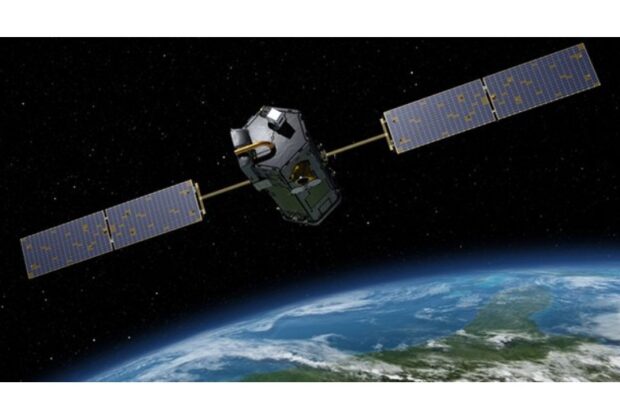The groundbreaking NASA CloudSat meteorological and climate mission has completed its nearly eighteen-year tenure in Earth orbit.
The satellite was decommissioned by the agency lately. It had been launched in April 2006 with a 22-month mission to investigate the composition and structure of clouds.
“As planned, the spacecraft — having reached the end of its lifespan and no longer able to make regular observations — was lowered into an orbit last month that will result in its eventual disintegration in the atmosphere,” NASA officials stated in a Tuesday update.
NASA states that CloudSat was equipped with a potent device known as Cloud Profiling Radar, the first 94-gigahertz-wavelength radar to ever operate in orbit.
“A thousand times more sensitive than typical ground-based weather radars, it yielded a new vision of clouds — not as flat images on a screen but as 3D slices of atmosphere bristling with ice and rain,” agency officials stated in their update on Tuesday.
Thanks to CloudSat’s observations, scientists now have a greater understanding of how frequently precipitation occurs globally and how clouds affect Earth’s surface and atmosphere’s temperature.
In addition, the satellite passed over hurricanes like Maria, Harvey, and Sandy, gathering information that helped scientists understand how strong storms develop and strengthen, according to NASA officials. The decommissioning and orbit-lowering maneuver that took place last month were made possible by the December 2023 switch-off of the Cloud Profiling Radar instrument.
CloudSat collaborated with its sister spacecraft, CALIPSO (Cloud-Aerosol Lidar and Infrared Pathfinder Satellite Observation), which was launched almost eighteen years ago on the same rocket as CloudSat.
By bouncing lasers off clouds and airborne particles, CALIPSO employed lidar (light detection and ranging) to investigate Earth’s atmosphere and infer details about our planet’s hazy shell. According to NASA officials’ Tuesday update, the two satellites’ “overlapping radar-lidar footprint cut through the vertical structure of the atmosphere to study thin and thick clouds, as well as the layers of airborne particles such as dust, sea salt, ash, and soot that can influence cloud formation.”
Another extremely long-lived project was CALIPSO, a joint NASA/French space agency venture that was terminated in August of last year. But NASA’s Earth-observing toolkit isn’t empty just because CloudSat and CALIPSO are leaving the picture: Numerous government satellites, including a potent new one that was just launched in February, are examining our world.
According to mission team members, the new satellite, named PACE (Plankton, Aerosol, Cloud, ocean Ecosystem), will investigate the biology of Earth’s seas in unprecedented depth.




